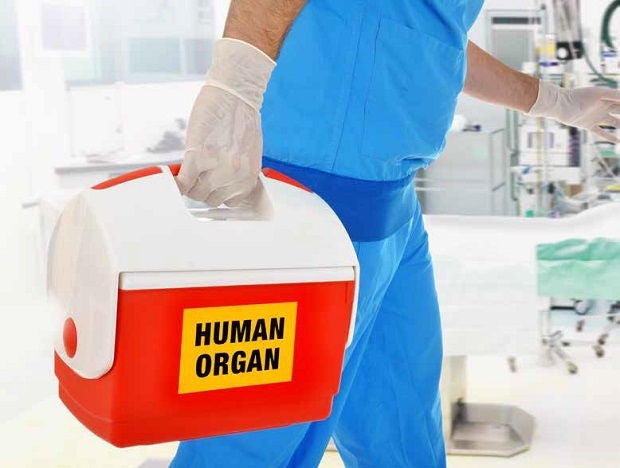
With revised guidelines in place, critically ill patients can continue to receive life-saving organ transplants during the COVID-19 outbreak.
In March this year, Mr Koh Khim Teck became one of the first patients to receive a transplant during the COVID-19 pandemic.
His condition took a turn for the worse when his liver cancer stopped responding to treatment, and a transplant became critical. Mr Koh was able to undergo the life-saving procedure because of revised transplant guidelines developed during the disease outbreak.
A lack of viable organs and long waitlist already make it hard for patients to get a suitable organ. With the virus outbreak, the concerns of infection added to the risks associated with a transplant. But for SGH transplant specialists, closing the service was not an option.
“COVID-19 could last for months or even one to two years. If we do not think and plan ahead, patients [may] fall off the waitlist and die from disease progression,” said Dr Jasmine Chung, Consultant, Department of Infectious Diseases, SGH.
To keep this essential programme open, SGH developed organ transplant guidelines in February 2020. The guidelines weigh the urgency of each case against complications, the severity of COVID-19, and the current availability of resources.
For instance, living donor kidney transplants were suspended as patients can function on dialysis, while deceased donor kidney transplants resumed in April. Transplantation for organs such as the heart and lung, which cannot be replaced with a viable alternative, had continued with certain restrictions. As of October, both living and deceased donor transplants for the kidney and lung are allowed.
For a safe transplant, there must be sufficient operating theatres, intensive care units (ICUs), designated transplant wards, medical equipment, and blood products. For patient and staff safety, hospital-wide heightened infection measures were also necessary. This includes safe distancing, enhanced personal hygiene, adequate personal protective equipment, and stringent screening and testing criteria.
To reduce the risk of infection, the donor transplant team, which may need to travel to another hospital to collect the organ, is kept separate from the recipient team that performs the transplantation. After surgery, patients are nursed in a single room to further minimise the risk of COVID-19 transmission.
Managing risks
While the risks of infection can be minimised within the hospital, the patient also faces the possibility of being infected when he returns home and into the community. “If they get infected by COVID-19, especially within the first year of transplant, it may have a bearing on graft survival and patient survival,” said Dr Chung.
Based on global reports, some 70 to 80 per cent of transplant patients infected with COVID-19 require oxygen therapy, and 20 to 30 per cent may become critically ill, require ICU care, or succumb to the disease. In healthy patients, only 15 per cent of COVID-19 infections are severe and 5 per cent critical.
Nevertheless, patients are often willing to take the risk. According to Associate Professor Jeyaraj Prema Raj, Head, SingHealth Duke-NUS Transplant Centre, 83 per cent of waitlisted patients in an informal study expressed willingness to continue with the transplantation during the pandemic.
“The key is speaking to patients because they are the ones who are sick; they are the ones who will receive the organs. For someone who has end-stage lung disease or end-stage liver cancer, the potential for a change in life is tremendous. So once we know our patients are keen, we physicians have to make it as safe as possible for them,” said Prof Prema Raj, who is also Senior Consultant, Department of Hepato-Pancreato-Biliary and Transplant Surgery, SGH.
Apart from the deceased donor liver transplant Mr Koh underwent, SGH has also successfully performed a living donor kidney transplant and a deceased donor lung transplant since the introduction of the new guidelines.
At SGH, a transplant team is on standby round-the-clock to make such miracles happen for the 184 patients on the solid organ transplantation active waitlist.













 Get it on Google Play
Get it on Google Play